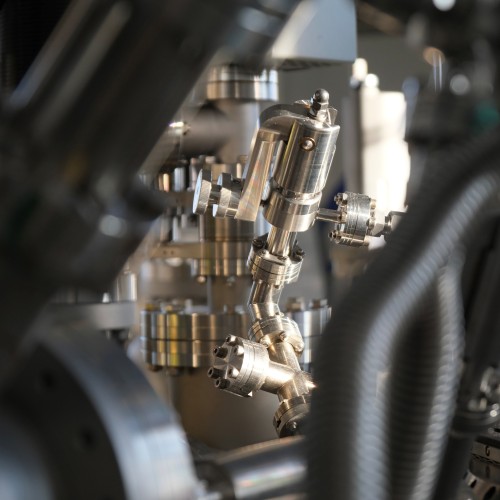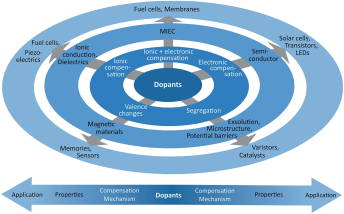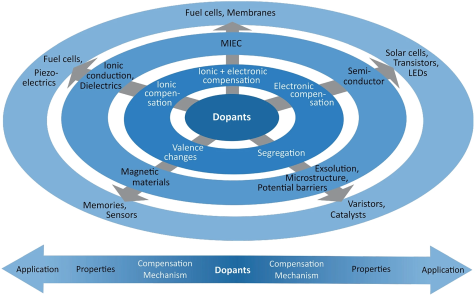Our approach
The electronic behavior of photovoltaic devices is essentially determined by the chemical and electronic structure of the components at their interfaces. We employ photoelectron spectroscopy on step-wise deposited contact materials, whereby the contact properties such as the formation of interface states and contact potentials can be followed. The goal is the derivation of band diagrams of full solar cells. By varying the process parameters, the contact properties and thus the efficiency of the solar cells can be optimized.
Functional Interfaces in Solar Cells
The electronic behavior of photovoltaic devices is essentially determined by the chemical and electronic structure of the components at their interfaces. We employ photoelectron spectroscopy on step-wise deposited contact materials, whereby the contact properties such as the formation of interface states and contact potentials can be followed. The goal is the derivation of band diagrams of full solar cells. By varying the process parameters, the contact properties and thus the efficiency of the solar cells can be optimized.
New Absorber Materials
The optoelectronic material properties of the perovskites can be finely tuned for specific applications by exchanging the organic molecule, the metal, or the halide. For example, the energy band gap can be varied over a wide range, by varying the components. This allows their application in tandem cell devices, which could achieve a much higher efficiency than single junction solar cells.
The extraordinary potential of perovskite solar cells has been confirmed on lab scale. For the development of commercial, low-cost products however, key challenges such as long-term stability, the development of large-scale manufacturing processes and the replacement of lead with more environmentally friendly metals have to be tackled.
Characterization Techniques
For the optimization of the solar cells, we use analytical methods which allow us to characterize them on a molecular level and determine characteristics of their components, such as:
• X-ray, ultraviolet and synchrotron radiation photoelectron spectroscopy
• Inverse photoelectron spectroscopy and energy loss spectroscopy
• Raman and UV/Vis spectroscopy
• X-Ray diffraction
• Scanning and transmission electron microscopy
• Quantum efficiency
• IV characteristics with a solar simulator

Recent Highlights
Current Projects
Currently no entries available.





